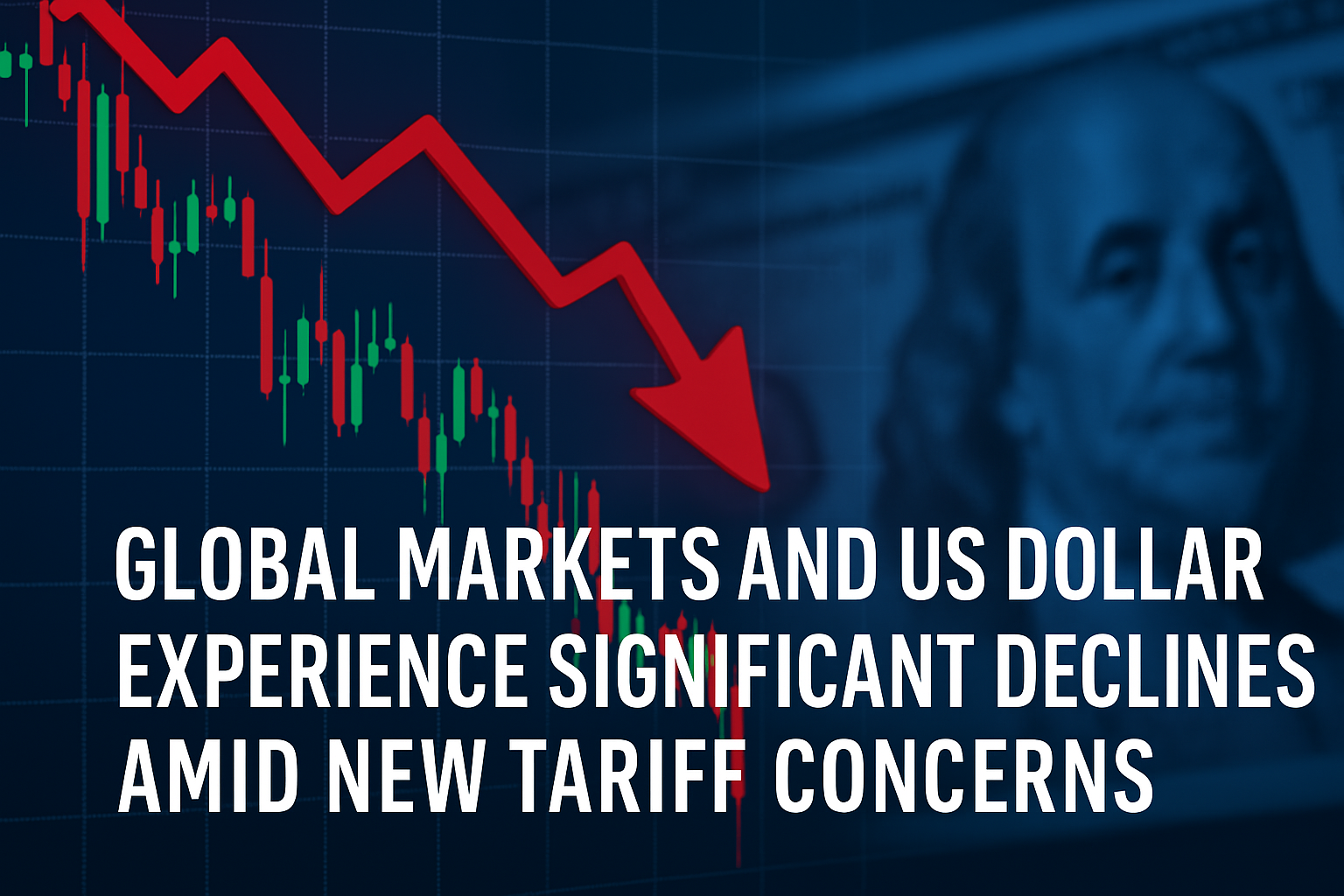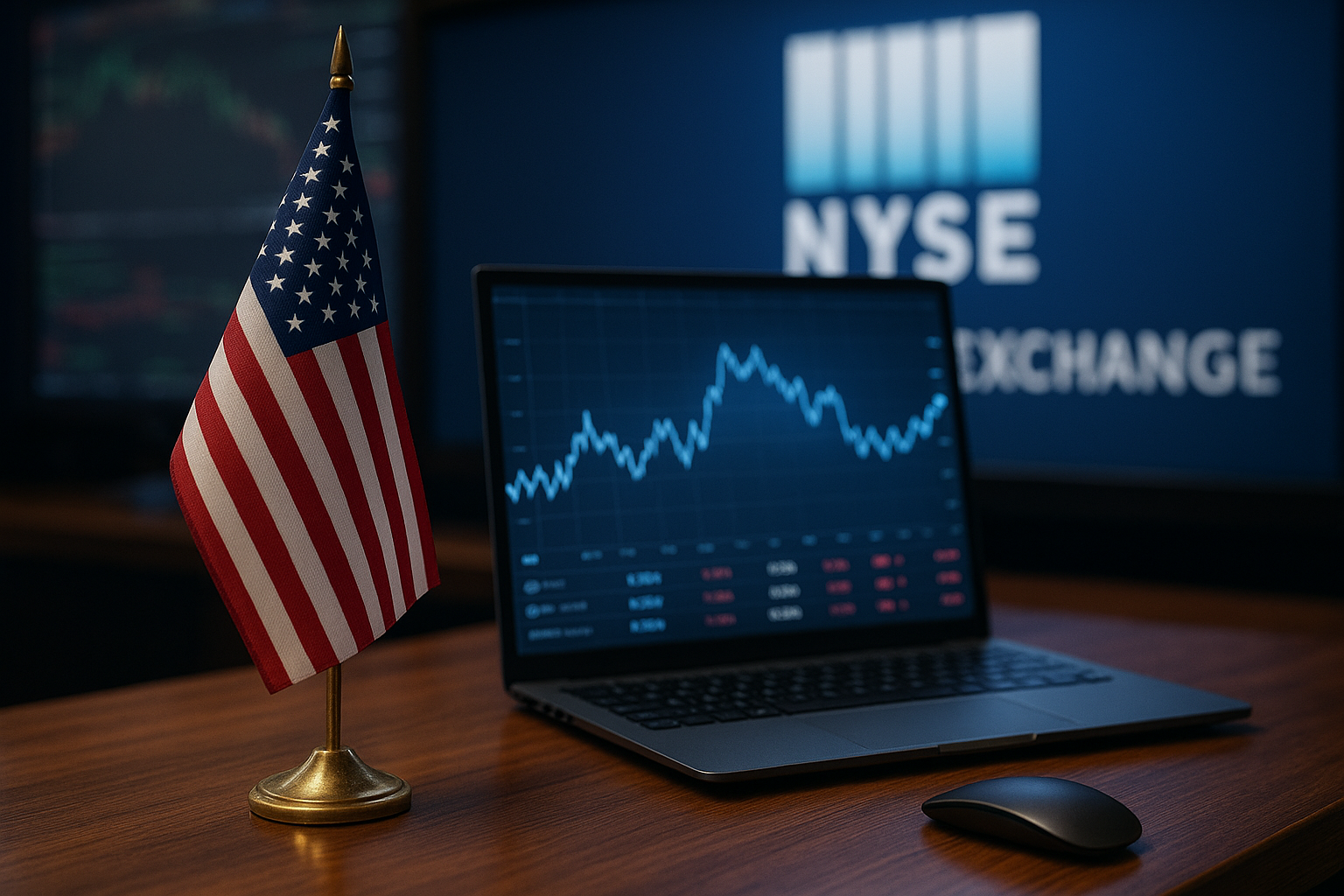Market Turmoil as Tariff Threats Shake Investor Confidence
Global financial markets are experiencing a sharp downturn as investors brace for the impact of new tariffs proposed by President Trump. Dubbed “Demolition Day” by analysts, the sweeping trade restrictions are expected to target multiple countries, sending shockwaves through stock markets and currency exchanges worldwide. The US dollar, which had shown resilience in recent months, is now facing its most substantial monthly decline since 2022.
Why This Matters for Investors
The anticipated tariffs, designed to protect American industries, have instead triggered widespread concerns over economic growth, inflation, and corporate profitability. The S&P 500 and Dow Jones Industrial Average both saw significant losses, with futures trading sharply lower ahead of the official announcement. Global indexes, including the FTSE 100 and Nikkei 225, followed suit, as investors weighed the long-term impact of a potential trade war.
Adding to investor unease, the US dollar index (DXY) recorded its worst monthly performance in over two years. Analysts attribute the decline to fears that increased tariffs will dampen global trade and force the Federal Reserve into an increasingly difficult position regarding monetary policy.
Market Reaction: A Flight to Safety
In response to the uncertainty, investors have shifted their capital towards defensive assets. Gold prices surged to an all-time high, reinforcing the metal’s reputation as a safe-haven asset during economic turbulence. Treasury bonds also saw increased demand, with yields falling as investors sought stability.
Meanwhile, sectors most exposed to global trade, such as technology and industrials, bore the brunt of market sell-offs. Semiconductor stocks, heavily reliant on international supply chains, faced steep declines, while major automakers with cross-border operations warned of potential price increases due to higher import costs.
What Analysts Are Saying
Leading financial institutions are closely monitoring the situation, offering mixed projections about the broader implications.
- Goldman Sachs has revised its GDP forecast downward, warning that prolonged trade disruptions could slow economic growth by up to 0.5% in the coming year.
- Morgan Stanley suggested that equity markets could experience heightened volatility in the short term, advising clients to reassess their portfolios and consider a shift toward defensive stocks.
- The Guardian, which first reported on the “Demolition Day” impact, highlighted how emerging markets could see capital outflows, further pressuring already weakened economies.
Key Investment Insights
For investors navigating this evolving landscape, staying informed and adjusting portfolios accordingly is crucial. Here are three key takeaways:
- Defensive Positioning – Given market volatility, shifting exposure to defensive sectors such as healthcare, utilities, and consumer staples could provide stability.
- Gold as a Hedge – With gold prices at record highs, investors may find value in adding exposure to gold-related assets, including ETFs and mining stocks.
- Monitor Policy Developments – Trade negotiations and tariff announcements will dictate market sentiment. Investors should stay alert to government statements and Fed policy shifts, which could influence currency movements and interest rate expectations.
Navigating Uncertain Times
While the markets remain unsettled, strategic investors can find opportunities amid uncertainty. Those willing to reposition portfolios and focus on safe-haven assets may weather the storm more effectively than those caught off guard.
Stay updated with the latest market insights on MoneyNews.Today, your trusted source for daily financial news and investment strategies.





